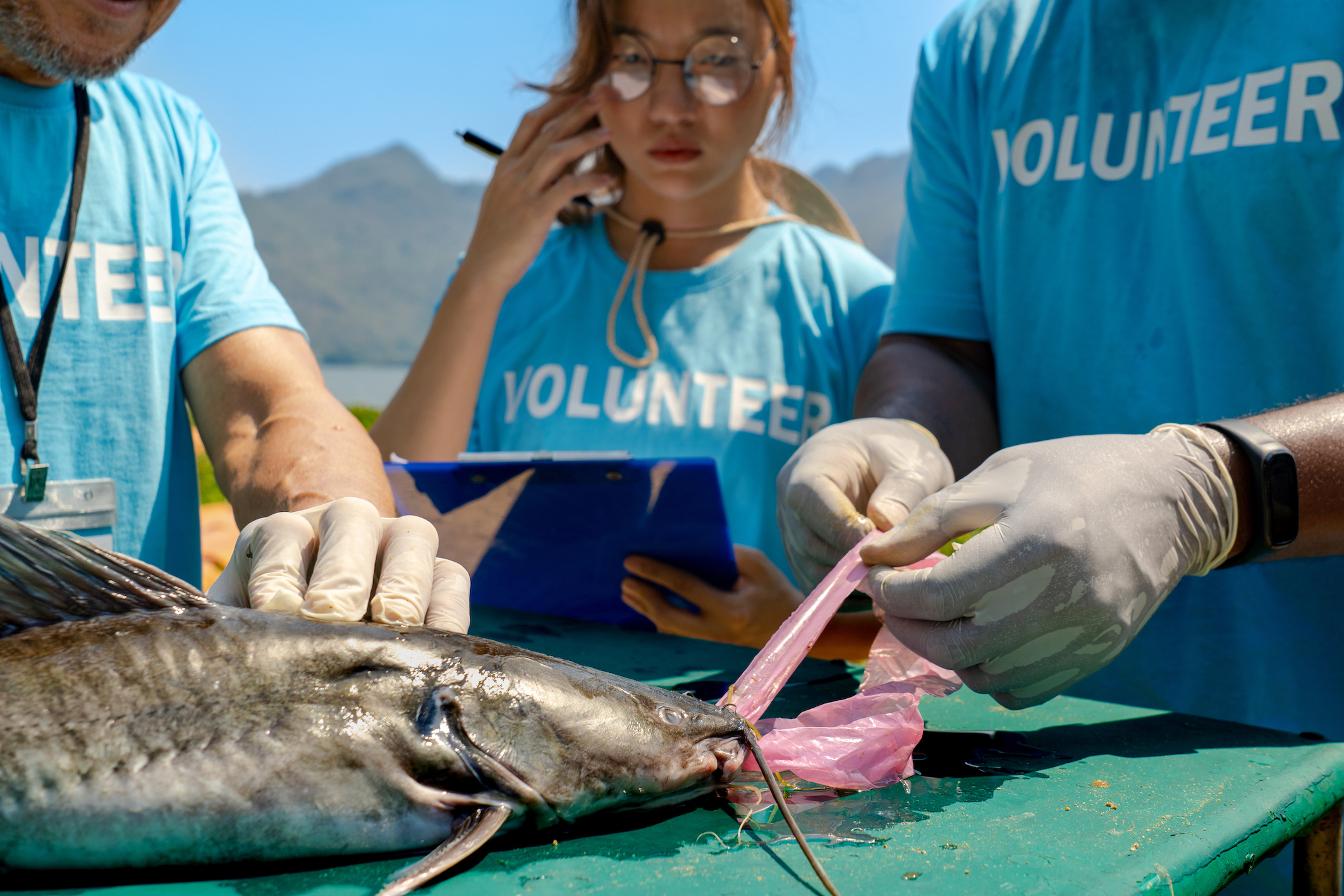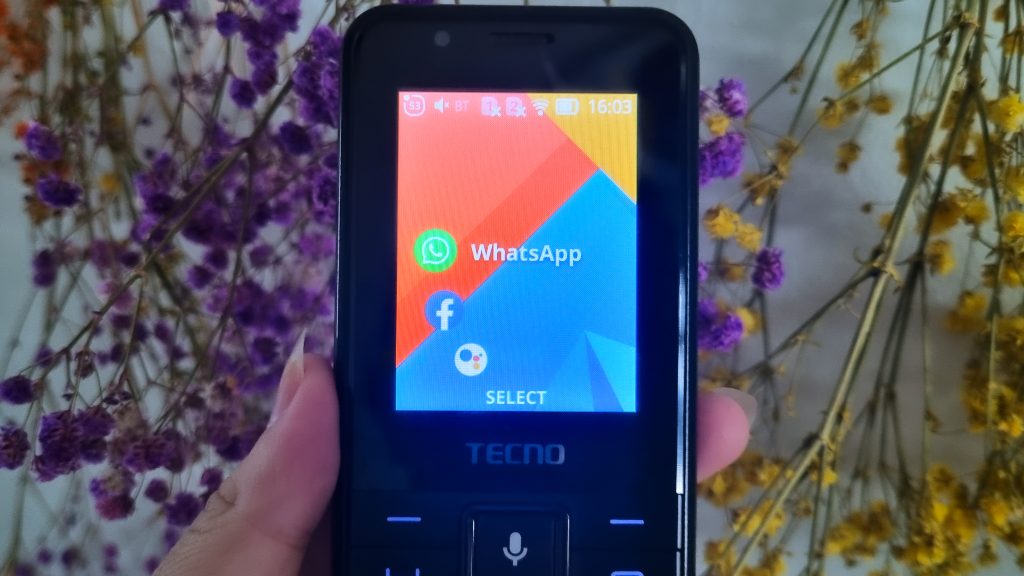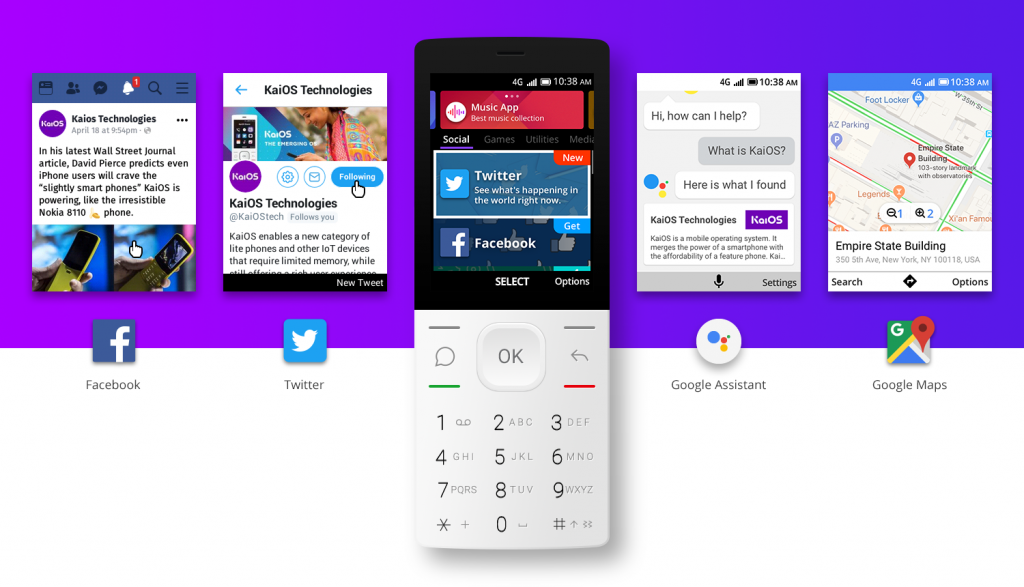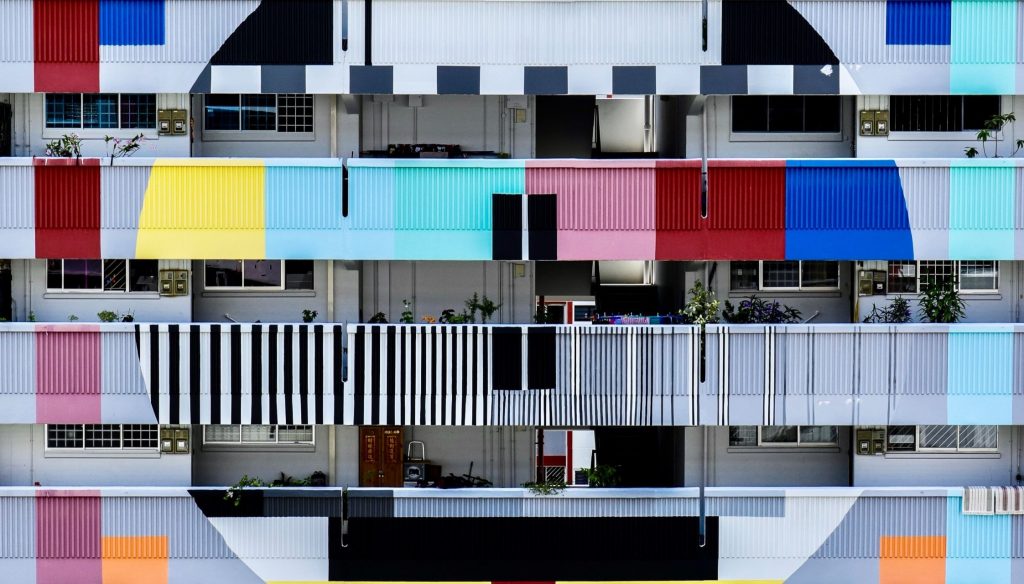From a low-cost filter that removes microplastics from ocean water and using a smartphone to record plastic pollution in your local area, to reducing our use of plastic, there’s a lot we can do to fight plastic pollution, the biggest environmental threat of our time.
Earlier in May 2024, two teenagers in the US, Victoria Ou and Justin Huang, won USD 50,000 for inventing a simple, low-cost device that filters microplastics from ocean water.
The 17-year-old high school students from Texas unveiled it at the Regeneron International Science and Engineering Fair in Los Angeles, after working on the project since last fall.
They had visited a water treatment plant last year, and discovered that such facilities do not have the capabilities to remove microplastics from waste water. Because the Environmental Protection Agency in the US doesn’t regulate microplastics, they aren’t filtered from water.
The teens, who have been friends since elementary school, decided to focus on this area.
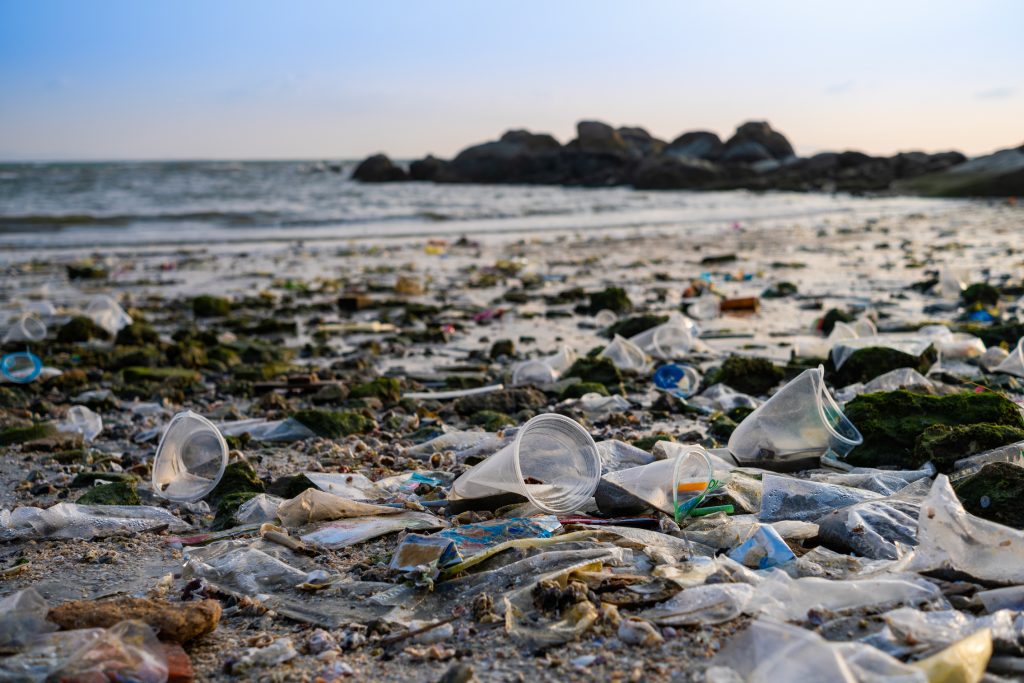
Their invention makes use of ultrasonic—or high frequency—sound waves. Their device, the size of a pen, is a tube with two steps of filters. As water flows through it, the ultrasonic waves generate pressure. This pressure pushes the microplastics back while allowing the water to continue flowing. What emerges is pristine water, free of microplastics.
Existing methods of removing microplastics from water, through chemical coagulants or using physical filters, are inefficient, expensive or come at detriment to the environment.
The pair plan on refining the technology behind their invention, with the hopes of one day being able to scale it for use at facilities such as wastewater treatment plants.
What’s the difference between plastics and microplastics?
Plastics include whole objects we’re familiar with, like plastic containers, plastic packaging for food and produce, utensils, waste bins, plastic bags, styrofoam, pet care items like litter boxes and litter scoops and medical industry items like syringes and medicine bottles. Synthetic fabrics such as nylon are also made of plastic or contain plastic.
Microplastics are what you get when these larger plastic items break down into smaller particles. Microplastics are less than 5 mm (one-fifth of an inch) in diameter. The buttons on most TV remote controls are about 5mm thick. These small plastic pieces are strewn across beaches and infiltrate our ocean waters.
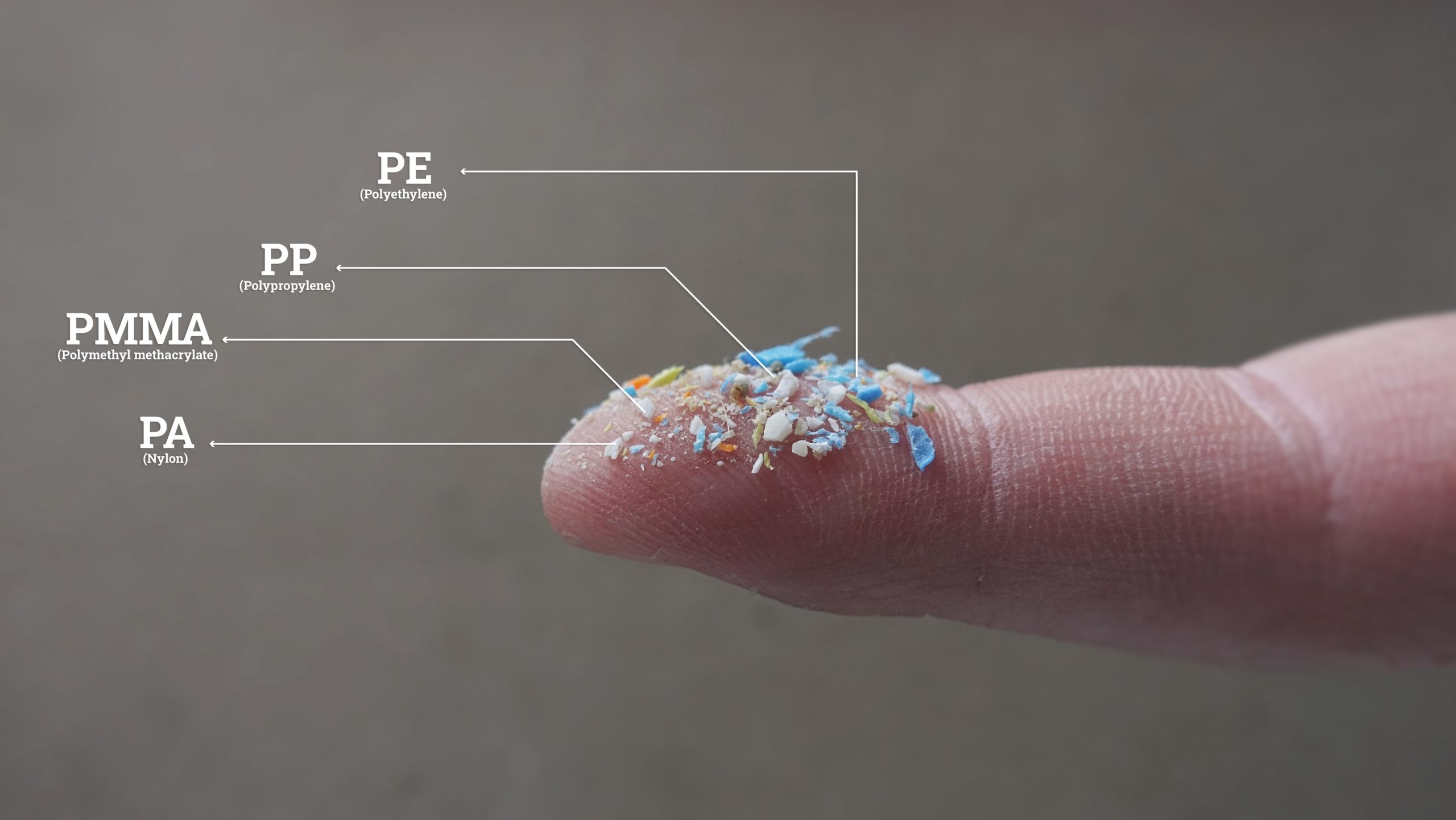
Why are microplastics bad for the environment, and for us?
Microplastic pollution is a huge problem right now. It’s not just a problem relegated to the ocean, but affects all of us.
Microplastics, just like all plastics, take hundreds and thousands of years to break down. During this enormous length of time, besides visibly polluting beaches and seas, they are ingested by marine organisms like plankton and other marine life and make their way up the food chain to fish and ocean mammals like whales.
In recent years, studies have also found microplastics present in our bodies, such as human lungs, breast milk and blood. There is growing evidence that we are consuming food and water tainted with microplastics. Southeast Asian countries such as Malaysia, Indonesia and the Philippines top the list for the highest levels of microplastic consumption. The implications on our health, such as our hormonal systems, are still unknown.
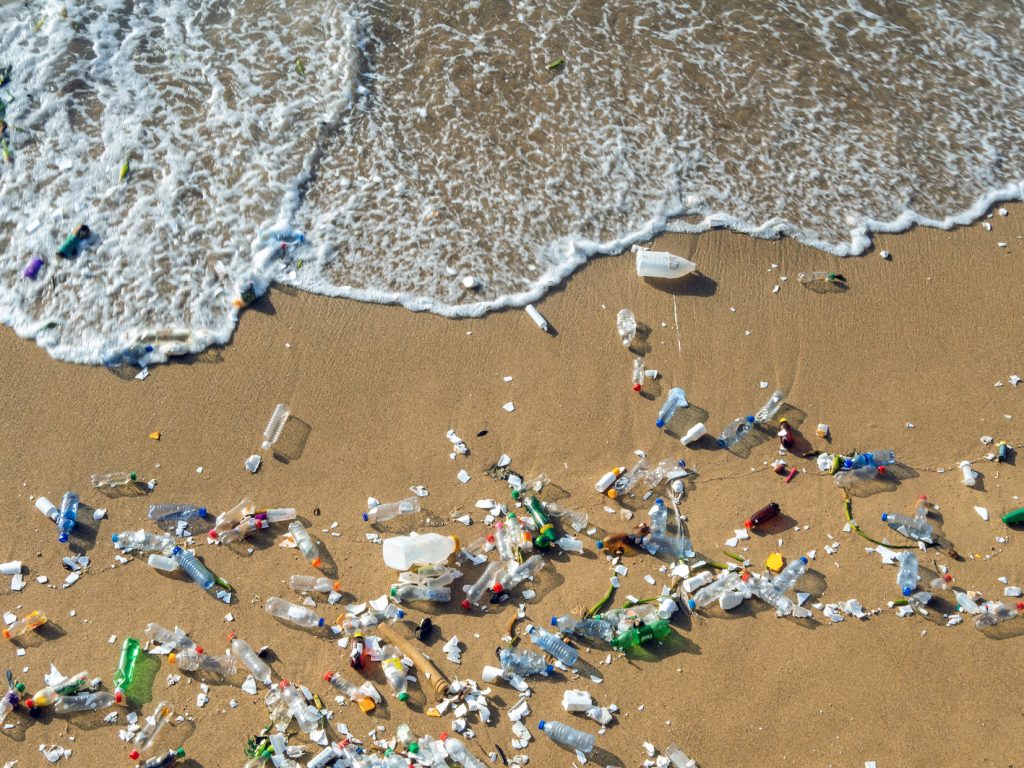
We can help solve the problem of plastic pollution by using our smartphone
We can play a role in helping combat plastic pollution on our beaches and oceans, by reporting plastic pollution when we see it.
Save The Waves Coalition is an international nonprofit organisation that works with other organisations around the world to protect surf ecosystems. Use their Save the Waves app on your Android or iOS phone to report plastic pollution in your location by taking a photo of it, selecting the type of plastic pollution and geotagging the location.
Data collected this way from citizen scientists like yourself help give the organisation and their partners around the world a better understanding of coastal threats and better insight into how to solve them. Your reports help these organisations better map and understand the flow of plastic around the world.
What else can we do to end plastic pollution?
The answer is simple. We need to use less plastic. If we consumers say no to plastic items and single-use plastic, that means a whole lot less plastic being discarded and ending up in landfills or the oceans and beaches and in the digestive systems of marine animals, and eventually, our own organs and cells. Even when plastic is recycled, that requires energy from fossil fuels and produces greenhouse gas emissions. The coherent long-term solution for the planet (which includes ourselves) is to bypass the consumption of plastic altogether. This in turn would eventually drive down the demand for plastic and put pressure on plastic manufacturers and businesses that use plastic for their products and services to find non-plastic alternatives which don’t create harm to the biosphere.
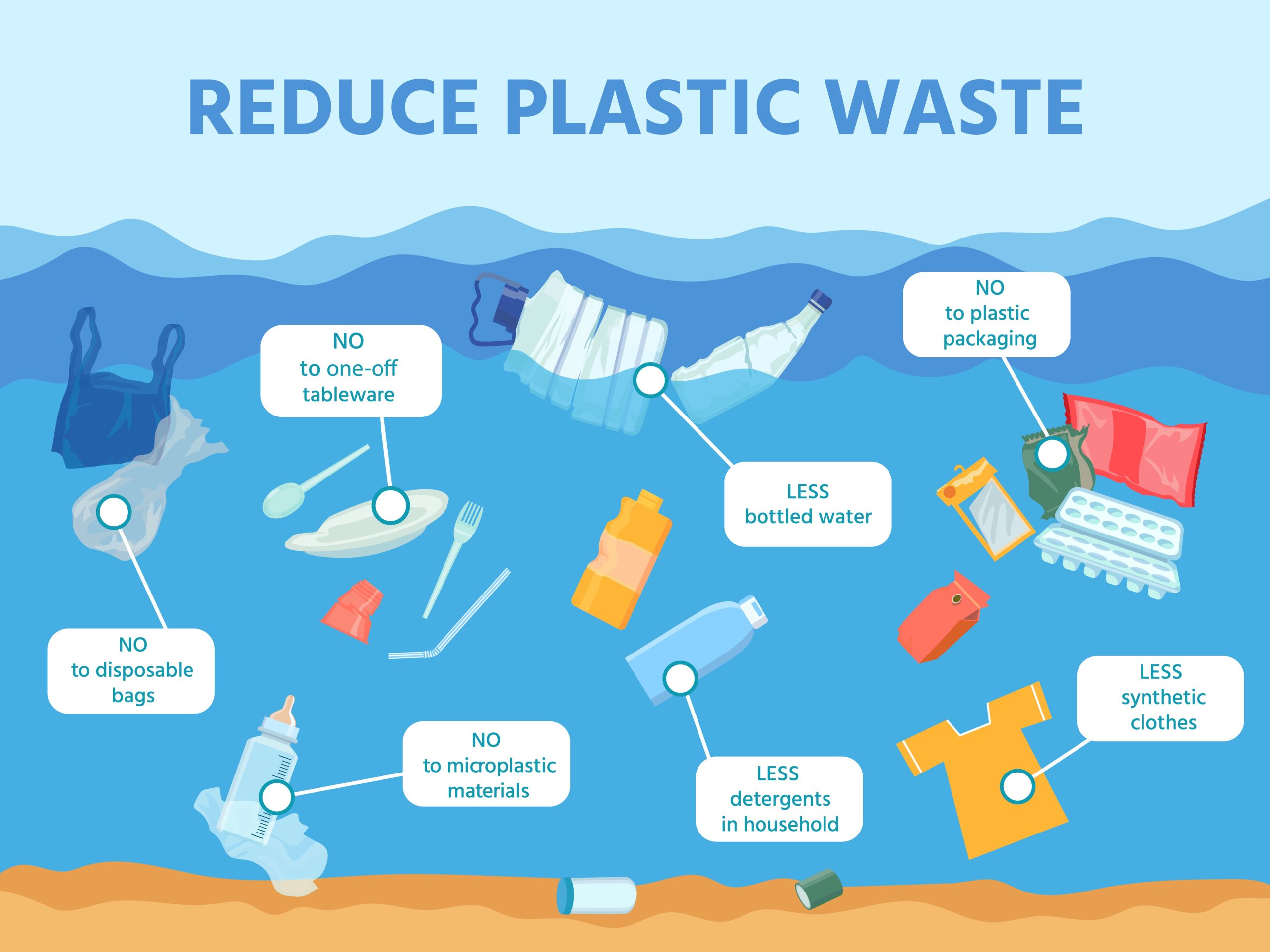
Because plastic is unfortunately so ubiquitous in our daily lives, we can sometimes not realise all the ways we can avoid choosing and consuming plastic, and play a part in the longer-term end of plastic production altogether. The infographic above highlights some of the ways we can easily be positive agents of change in the face of the global crisis of plastic pollution.
